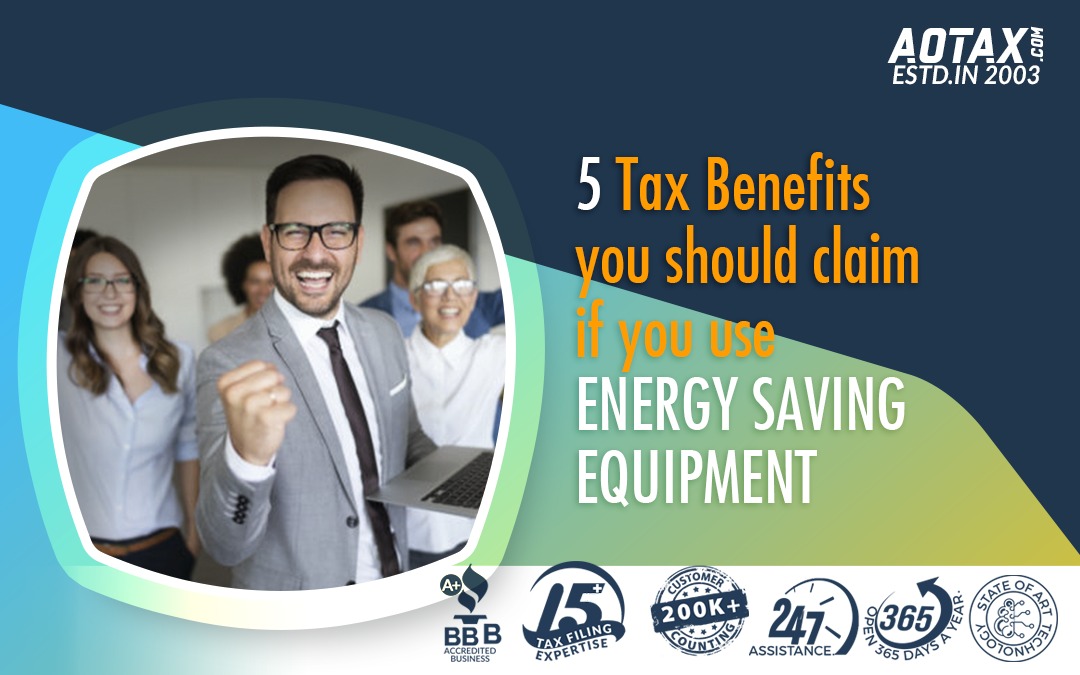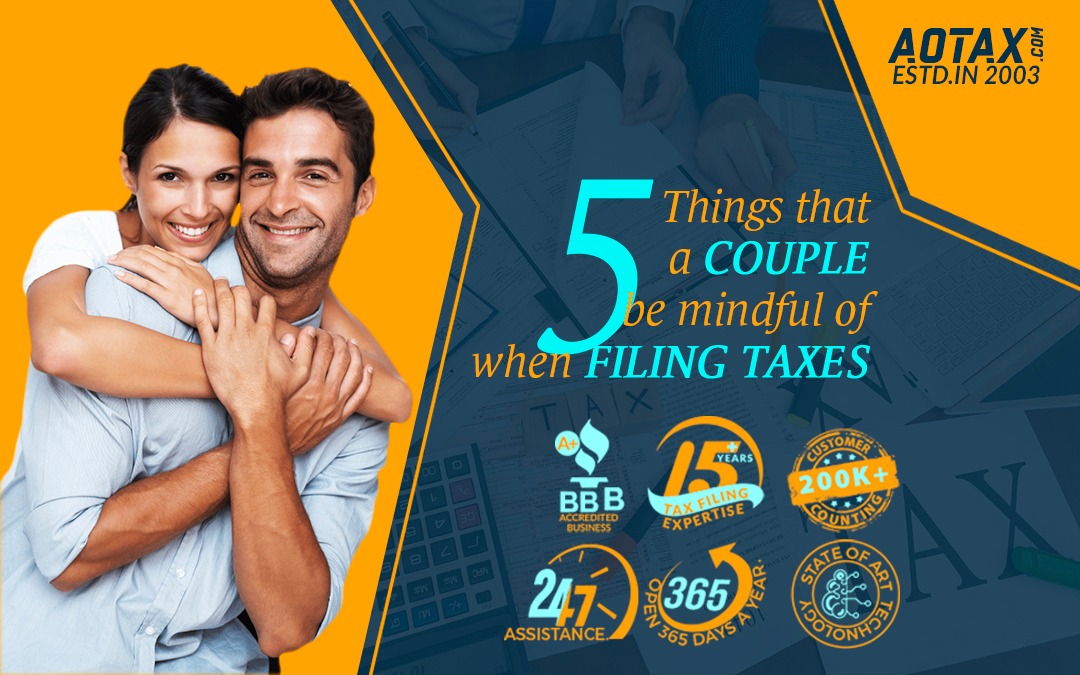
Haven’t filed taxes in the last 10 years? Start today
Haven’t filed taxes in the last 10 years? Start today
There can be a myriad of reasons why one hasn’t filed taxes. One could have forgotten to file their taxes, there was a death in the family which caused the delay, or you were seriously ill. Irrespective of what the reasons were, it is never too late.
In fact, every year about 7 million taxpayers fail to file their income taxes returns. Yet, there are more than 146 million Americans who do file their returns year on year. In other words, about 5% of the total population fails to file their returns.
If you haven’t filed your taxes, it is high time that you start doing the same immediately. The consequences of going for several years without paying taxes can be hazardous to your finances. It gives the IRS enough reasons to flex their muscles.
What if you haven’t filed taxes in the last 10 years? Well, there is a statement in the IRS policy. According to the statement, the IRS usually looks for tax records dating to six years in the past. However, if you haven’t paid taxes in about 10 years and want to start now, here are some tips to help you through.
-
Unfiled Years
You can either directly reach out to the IRS or take the help of a tax agent to find out the number of years for which you need to file taxes. The unfiled years is the first crucial step.
-
Old Refunds
This is one of the first steps where you start losing money. The IRS will only honour refunds dating back to three years from the current return filed date. If you had any returns prior to this period, the amount is lost.
-
Transcripts
While filing your taxes or even returns, it is important that the number matches with that of the IRS. You can take the help of transcripts from the IRS to trace your income history as accurately as possible.
The next logical step would be to file the taxes for the income mentioned in the transcripts. Any mismatch would allow IRS to dig deeper into your filing.
-
Penalties
In the event that you haven’t filed or paid taxes in quite some time, be ready to cough out hefty fines. Penalties such as failure to pay taxes and failure to file taxes can amount up to 47.5% of the total taxes that you are liable to pay.
Thus, if you haven’t filed your taxes yet, the sooner you start, the better it is.
-
Penalty Reduction
While back filing your taxes and returns, you have an option to ask the IRS not to charge you on the failure to pay or failure to file charges. If you qualify for the first-time abatement, use it for the first year.
Or else, you can use the reasonable cause argument and seek discounts or reduction of the pending taxes.
-
SFR
If you fail to file your returns within three years of the due date, the IRS might start a process called SFR or substitute for return. And should you file to return or replace the SFR, the IRS will look into it closely and compare with their SFR. And it is this close scrutiny which leads to a much longer turn around time. At times, it might even take more than 4 months.
-
Settlement
If you feel that you cannot pay the pending taxes, it is advisable to reach out to the IRS and strike a settlement with them. Depending on your needs, there are several types of settlements that you can choose from.
But it is important to settle if you cannot pay. The simple reason being, the second wave of enforcement and fines will follow.
Should you delay the filing process, you have more to lose than gain. With the help of the above tips, you can start your tax filing.





Recent Comments